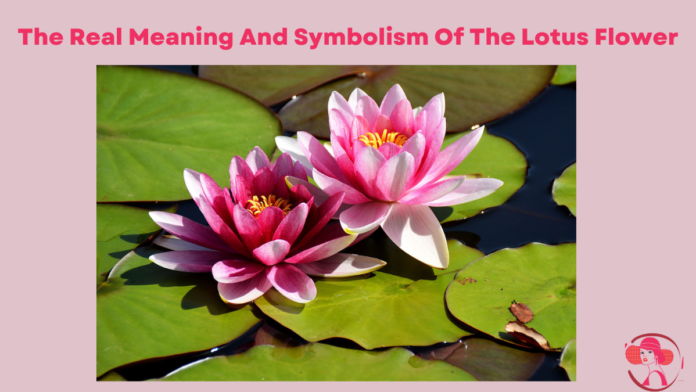The lotus flower is more than just a pretty plant. It has deep meanings and symbols in many cultures. Known for blooming in muddy water, the lotus flower stands for purity, new beginnings, and spiritual growth. Let us explore what makes the lotus flower so special.
Purity and beauty
The lotus flower is often seen as a symbol of purity. Even though it grows in dirty water, it blooms clean and beautiful.
This shows that you can stay pure and true to yourself no matter what happens around you. The lotus reminds us that we can rise above the bad things in life.
New beginnings
The lotus flower opens in the morning and closes at night. This daily cycle reminds many people of new beginnings and rebirth. In ancient Egypt, the lotus was linked to the sun god Ra.
The flower’s opening and closing each day were seen as a sign of the sun’s journey and the idea of starting anew.
Spiritual growth
In Buddhism, the lotus flower is a powerful symbol of spiritual growth. The different stages of the lotus bloom represent the stages of spiritual development.
A closed bud represents someone at the start of their spiritual journey, while a fully bloomed lotus represents someone who has reached full enlightenment and self-awareness.
Buddhists believe that just as the lotus rises from the mud to bloom beautifully, people can rise above their problems and reach a higher state of mind.
The lotus in Hinduism
In Hinduism, the lotus flower is called “padma” and is linked to gods and goddesses like Brahma, Vishnu, and Lakshmi. The flower stands for beauty, fertility, and prosperity.
Hindu stories often show gods and goddesses sitting on lotus thrones or holding lotus flowers. This shows their purity and spiritual power.
The lotus also symbolizes detachment because water easily slides off its petals, meaning it is important to stay unattached to material desires.
The lotus in other cultures
The lotus flower has special meaning in many other cultures, too. In ancient China, it stood for purity, perfection, and honour.
The lotus was often depicted in art and stories as a symbol of nobility and grace. In some Native American cultures, it is seen as a sign of healing and change.
Colors and their meanings
The colour of a lotus flower can also change its meaning. Different colours have different symbols:
- White lotus: Purity and innocence
- Pink lotus: Supreme and often linked to divine figures in Buddhism
- Red lotus: Love and compassion
- Blue lotus: Wisdom and knowledge
- Purple lotus: Mysticism and spirituality
Personal growth
The lotus flower also stands for personal growth and overcoming life’s challenges. Just as the lotus pushes through the mud to bloom, people can overcome obstacles to reach their full potential.
The lotus encourages us to stay strong and keep going for our goals, no matter how difficult the journey.
Conclusion
The lotus flower is a rich symbol with deep meanings in many cultures and religions. It stands for purity, new beginnings, spiritual growth, and personal strength.
Whether seen in art, stories, or religious contexts, the lotus flower reminds us of the beauty that can come from the hardest conditions.
Some Questions
What does the lotus flower mean in Buddhism?
In Buddhism, the lotus flower means spiritual growth and the path to enlightenment.
Why is the lotus flower a symbol of purity?
The lotus flower grows in muddy water but blooms clean and beautiful, symbolizing purity.
How is the lotus used in Hinduism?
In Hinduism, the lotus flower is linked to gods and goddesses and stands for beauty, fertility, and spiritual power.
What do the colors of the lotus flower mean?
Different colors have different meanings: white represents purity, pink represents supreme divinity, red represents love, blue represents wisdom, and purple represents spirituality.
How does the lotus flower represent personal growth?
The lotus flower’s journey from muddy waters to a beautiful bloom symbolizes overcoming obstacles to achieve personal growth.















